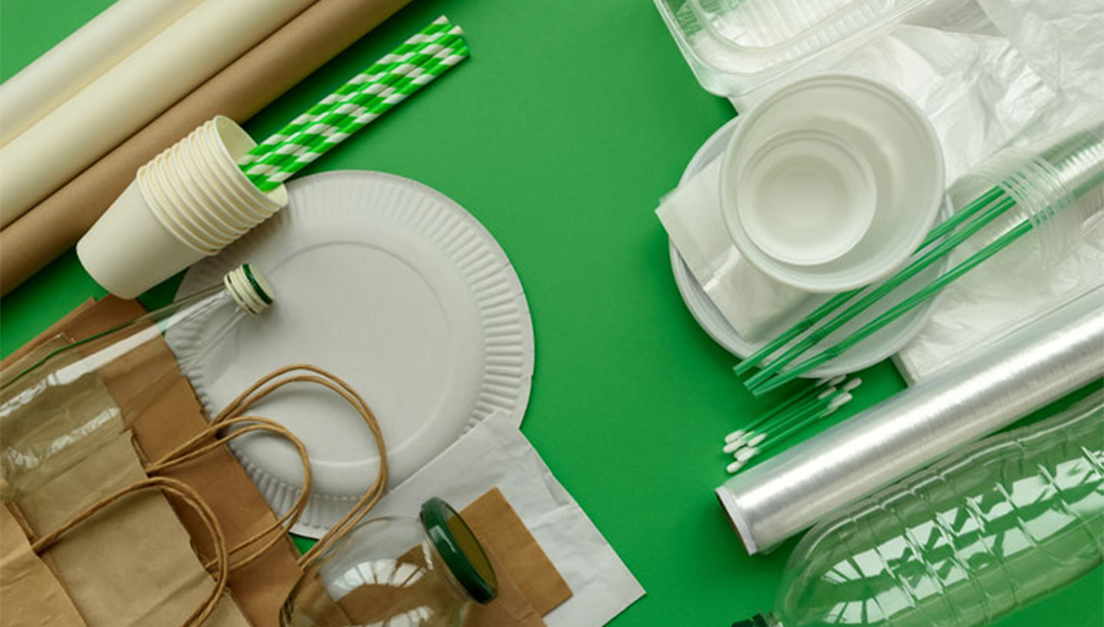Sustainable Product Design: Paving the Way for a Greener Future

Introduction
In our quest for a more sustainable and environmentally friendly future, one area that demands immediate attention is product design. Sustainable product design aims to minimize the environmental impact of products throughout their lifecycle, from raw material extraction and production to use and disposal. By integrating sustainable practices and principles into product design, we can create innovative solutions that address pressing environmental challenges while meeting consumer needs. This blog explores the significance of sustainable product design and highlights key strategies for implementing it effectively.
What is Sustainable Product Design exactly?
Sustainable product design goes beyond traditional design considerations of aesthetics and functionality. It encompasses a holistic approach that takes into account the social, economic, and environmental dimensions of a product’s lifecycle. It involves incorporating eco-friendly materials, optimizing energy efficiency, reducing waste, and considering the entire supply chain. By focusing on sustainable product design, we can achieve a more circular economy, where resources are conserved, waste is minimized, and products are designed to last longer.
How Sustainable Product Design helps the people?
Environmental Impact Reduction Sustainable product design helps reduce the overall environmental impact of consumer goods. By selecting environmentally friendly materials and manufacturing processes, we can reduce carbon emissions, water consumption, and waste generation. Additionally, optimizing the energy efficiency of products can result in lower energy consumption throughout their use phase.
Resource Conservation Sustainable product design aims to maximize resource efficiency. This involves using recycled or renewable materials, designing products for disassembly and recycling, and minimizing the use of finite resources. By adopting a circular economy approach, we can prolong the lifespan of materials and reduce the need for raw material extraction.
Consumer Appeal and Market Advantage Consumers are increasingly demanding sustainable products. By incorporating sustainable design principles, companies can meet these evolving consumer expectations and gain a competitive edge. Sustainable products often have a positive brand image, leading to increased customer loyalty and improved market positioning.
Key Strategies Used for Sustainable Product Design
Life Cycle Assessment (LCA):
Conducting a comprehensive life cycle assessment allows designers to evaluate the environmental impact of a product from cradle to grave. By understanding the different stages of a product’s life cycle, including raw material extraction, manufacturing, distribution, use, and disposal, designers can identify opportunities for improvement and make informed decisions.
Material Selection:
Choosing sustainable materials is crucial for reducing the environmental footprint of products. Designers should prioritize materials that are renewable, recyclable, and have a lower environmental impact. Recycled materials, bio-based alternatives, and non-toxic substances are excellent choices for sustainable product design.
Energy Efficiency:
Optimizing energy efficiency is key to sustainable product design. By reducing energy consumption during the use phase, products can contribute to lower greenhouse gas emissions and decreased reliance on fossil fuels. Designers should consider energy-efficient components, smart systems, and power-saving modes to minimize energy consumption.
Design for Durability and Reparability:
Creating products that are built to last is essential for sustainable product design. By considering durability and repairability in the design phase, designers can extend the lifespan of products and reduce the frequency of replacements. Repair-friendly design features, modular components, and accessible spare parts contribute to a more sustainable product lifecycle.
Waste Reduction and End-of-Life Management:
Designers should aim to minimize waste generation and optimize end-of-life management. Implementing strategies such as design for disassembly, recycling, and upcycling can reduce the environmental impact of products after their useful life. By closing the loop and reintroducing materials back into the production cycle, we can reduce reliance on virgin resources and minimize waste sent to landfills.
Conclusion
Research shows that companies that focus on sustainable product design not only reap benefits such as better and greener products, but also better compliance, lower carbon footprint, and fewer concerns about resource scarcity. In addition, we have found positive outcomes such as increased revenue, improved customer relationships, and improved employee engagement. . However, despite these benefits, incorporating sustainability into the product design process is still neglected by most companies. These companies often attribute this failure to a range of perceived barriers to change in their product design practices.
Based on extensive independent research and insights we glean, we highlight the importance of sustainable product design and develop viable strategies for implementation in organizations that ultimately benefit the organization itself. would like to provide Here are four concrete actions companies can take to successfully design and deliver sustainable products.
Similar Articles
-

Breaking Down the 7 Core UX Design Principles 04-07-2025
Ever wondered why certain apps or websites feel intuitive and effortle
-

Understanding the Different Types of Graphic Design 04-07-2025
Have you ever stopped to think about how much of the world around you
-

Mastering 2D and 3D Animation 03-04-2025
The Ultimate Career Boost in Today’s Creative Industry The demand fo
-

How to Make a Graphic Design Portfolio? 02-27-2025
Imagine walking into a room full of potential clients or employers, bu
